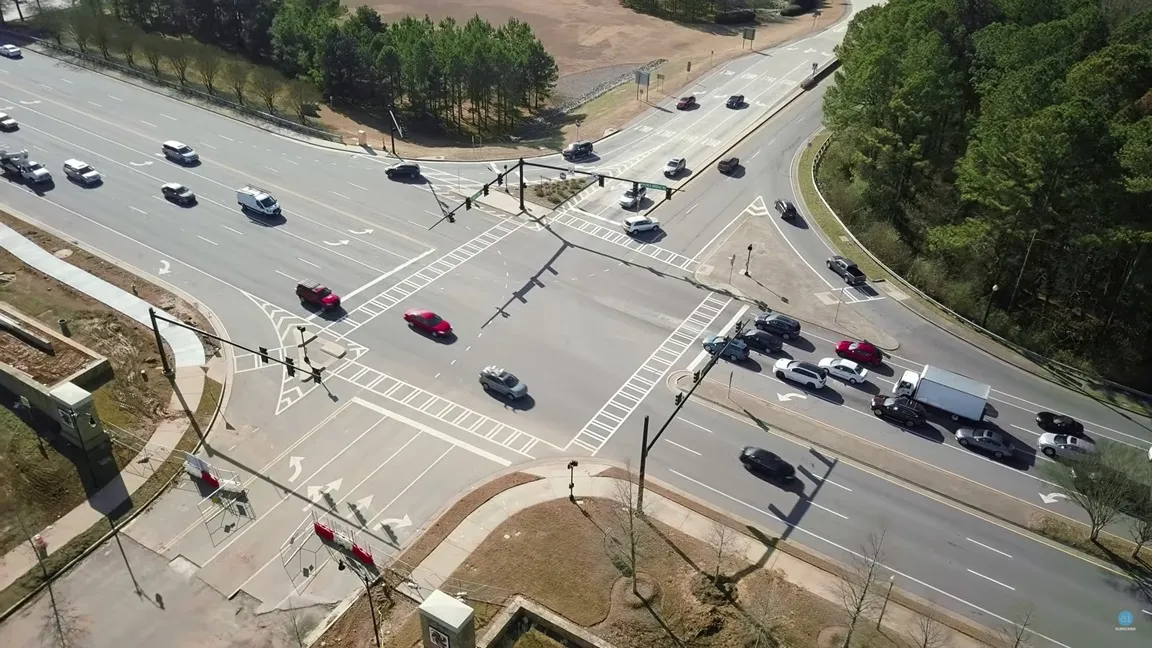Telensa’s smart streetlight controls are being deployed in 64,000 LED lights in Edinburgh, Scotland. Called Planet, the new system is intended to allow street poles to act as hubs for smart city sensors.
Planet consists of wireless nodes which connect individual lights, dedicated wireless connectivity and a central management platform.
According to Telensa, the solution identifies and tracks faults in real time, which will reduce complaints from residents about broken street lights and remove the ne
July 23, 2018
Read time: 1 min
Planet consists of wireless nodes which connect individual lights, dedicated wireless connectivity and a central management platform.
According to Telensa, the solution identifies and tracks faults in real time, which will reduce complaints from residents about broken street lights and remove the need for night-time patrols to identify faulty lights.
Councillor Lesley Macinnes, transport and environment convener for the City of Edinburgh Council, says: “We're making every effort to minimise disruption to residents and businesses throughout and will target information to communities as the roll-out comes to their area.”









